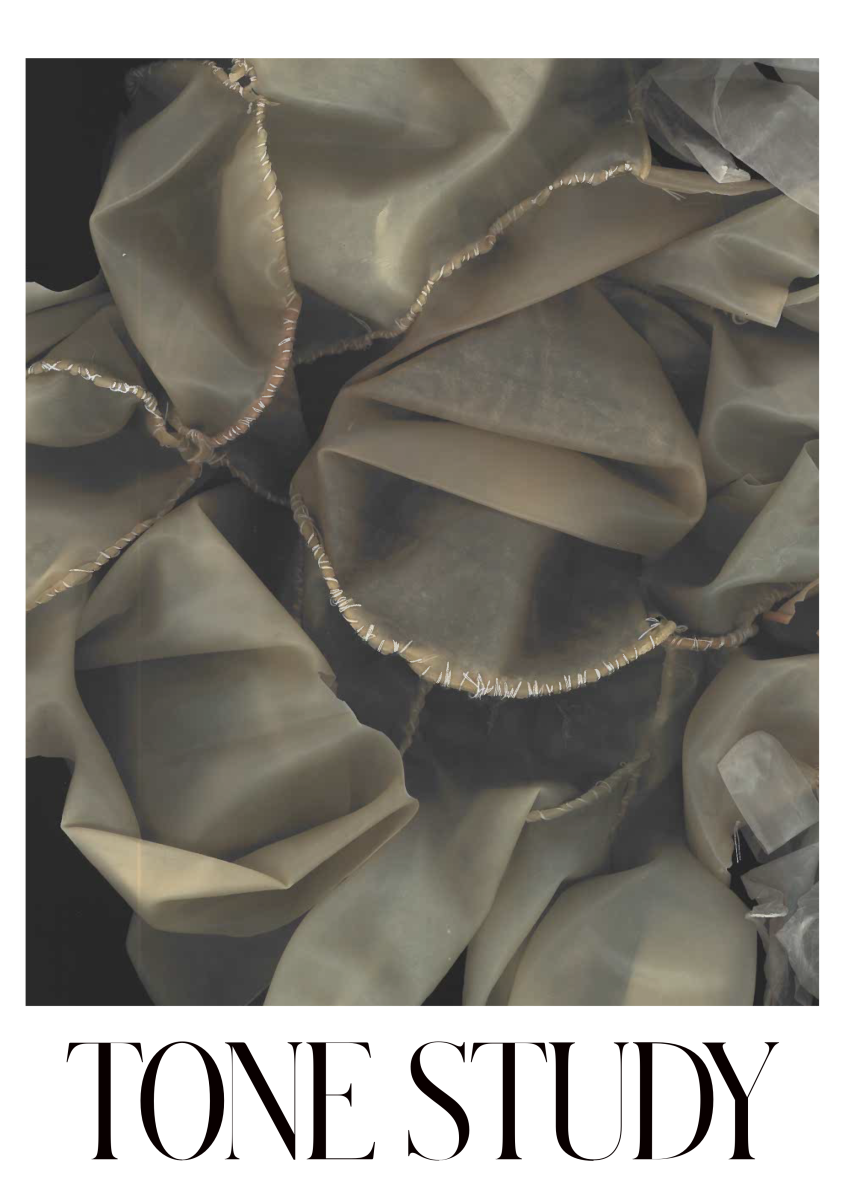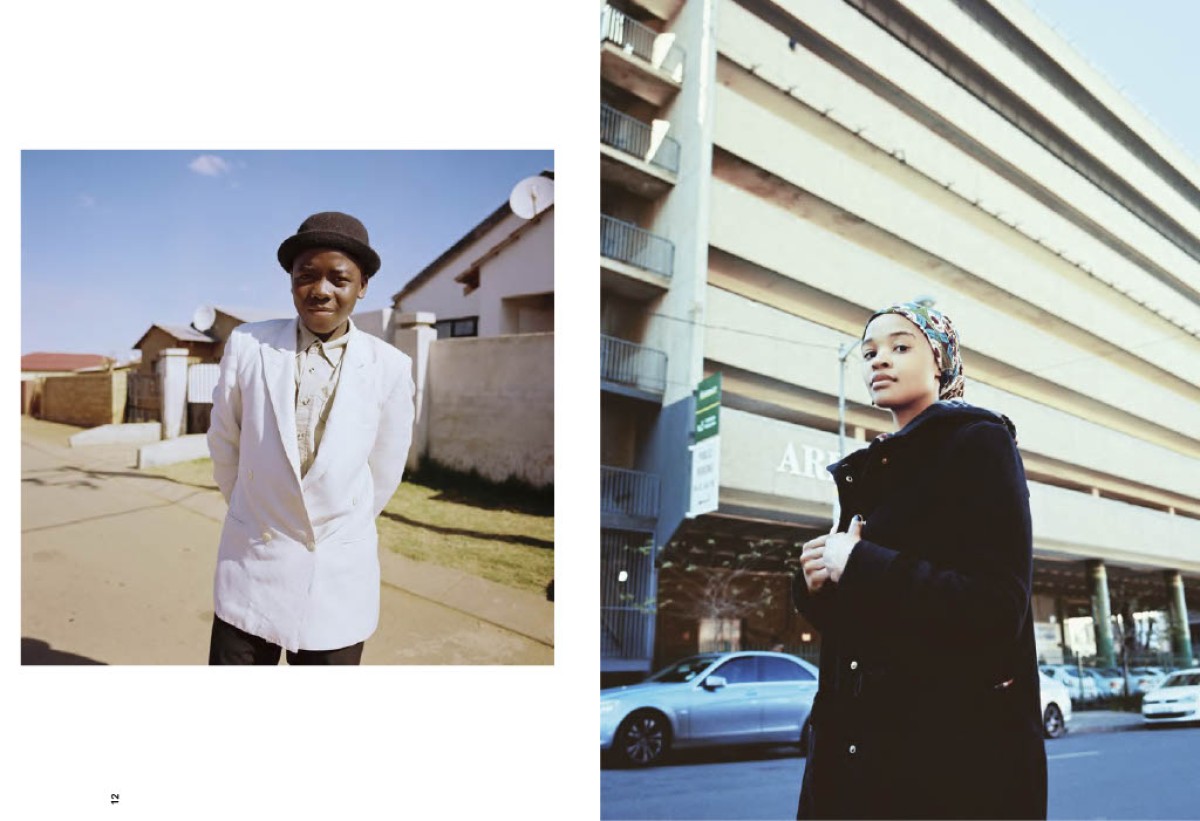A tactile experience
Michael Nyarkoh, a Toronto artist, producer and co-creator of Tone Study magazine, shares how he’s boldly celebrating print in a digital age.

Tone Study issue one. Image courtesy of Tone Study.
The idea that print media is dead or at least becoming obsolete is a common sentiment these days. But when a particular medium is no longer relied upon by the mass market, it has room to develop as a highly-coveted artifact, meant only to be possessed by those who truly appreciate its form and qualities—this happened with vinyl and now it’s happening with print magazines.
Four years ago, Toronto-based artist and producer Michael Nyarkoh, and writer and photographer Nana Adu-Poku, set out to build Tone Study—a stunning Black art and cultural commentary magazine. Within its pages, Black artists, musicians, iconoclasts and scholars critique and contribute to the worlds of culture, art and fashion. After selling out their debut issue in mere days, they’ve made it abundantly clear that print is alive and well.
In November, Nyarkoh and Adu-Poku joined us for an AGO Hot Takes conversation about Tone Study, and they gave a detailed breakdown of the publication and the inspiration behind it. (Check out the video below.)
Following AGO Hot Takes and in anticipation of their second issue in 2021, we connected with Nyarkoh to learn more about Tone Study.
AGOinsider: What is the genesis story of Tone Study?
Nyarkoh: Four years ago, we looked at the art and culture publication space and felt that there needed to be more publications with imagery and work made by Black people. We made Tone Study to respond to this need; our goal at the time was to create a forward-thinking space for critical dialogue and sharing of work.
AGOinsider: The publication has such a striking mix of imagery and text. Can you give us some insight into how each issue is curated? Do you pick a central theme? Do you group the contributors for each issue before they make the content?
Nyarkoh: We felt that a central theme might restrict the creative process, so we thought more about the kind of work we’d like to read or see in a magazine. We started with a broad list of all the people we’d want to work with or interview. Next, we narrowed this list based on things like availability or the cost involved in planning each piece. We’re hoping to work with a wider array of Black artists and thinkers for the next issue, and strike a balance between established and lesser-known individuals.
AGOinsider: In an era so focused on digital and web-based media, what keeps you passionate about print? Why is it important?
Nyarkoh: Print is important because it’s its own medium. That’s not to say that printed media is better than digital media, but that it’s important for artists or creators to work with the medium that best represents their vision. The content of a digital publication may be the same as a physical one, but the experience of interacting with a physical copy of a magazine is different than the experience of interacting with a digital one. In a similar way, there are things you can do with a digital publication that can’t be replicated in the physical world. We’re passionate about print because of the tactility of the experience, and because it introduces concepts of form that have different implications in the physical world.
AGOinsider: Can you share some of your dreams for the future of Tone Study?
Nyarkoh: We hope that Tone Study can continue to showcase an unfiltered collection of Black ideas and perspectives. The purpose of the publication is to present and share information that can inspire and connect people within our communities. We want to help drive conversations about art and culture amongst Black creatives and thinkers, and inspire the next generation to do their best work.
Want a glimpse of Tone Study and more from Nyarkoh and Adu-Poku? Here is a video of their AGO Hot Takes conversation.

